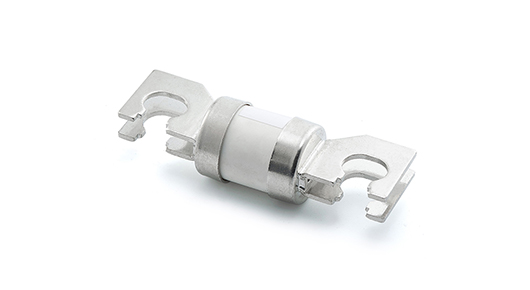Types and working principles of circuit breakers
Circuit breaker is a device that controls the on-off of the circuit, and it is equipped with a switch to prevent the household electrical components from overheating or causing a fire.
The common types of circuit breakers and their working principles include:
1. Pyroelectric circuit breaker
Operating principle: The circuit breaker combines thermal protection and magnetic protection. When it is short-circuited, large current will cause the wire to heat up, which will prompt the pyroelectric element to heat up. At the same time, the magnetic field will excite the magnetic trigger, thus quickly cutting off the circuit.
2. Differential circuit breaker
Operating principle: Real-time monitoring of circuit current difference produces circuit protection. If the current in and out of the equipment is unbalanced, the circuit breaker will be powered off immediately to avoid circuit hidden dangers.
3. Leakage protection circuit breaker:
Operating principle: Whether there is leakage in the detection circuit of the circuit breaker is based on monitoring the gap between the current flowing in and out of the equipment. If there is a gap and reaches the preset threshold, it can be judged as a leakage phenomenon, which in turn leads to power cut-off.
4. Air circuit breaker:
Operating principle: Cutting off the circuit by compressing gas. When the load is too large or short-circuited, the spring in the circuit breaker releases the pressure, so that the detonating device can be closed and the circuit can be cut off.

The working principle of circuit breaker includes four steps:
1. Current monitoring: Instantly monitor the current of the circuit, and start the circuit breaker if it exceeds the predetermined safety zone.
2. Action trigger: Once the current exceeds the standard, the internal protection device is started; Overload, short circuit or other faults may be caused. For example, circuit breakers such as pyroelectric, differential and leakage correspond to their respective trigger reasons.
3. Circuit cut-off: Cutting off the circuit immediately after triggering to protect electrical equipment and personal safety, and the self-cutting process only takes a few milliseconds.
4. Manual reset (option): Some faults need to be reset manually to make the circuit return to normal, and it is only used under special circumstances.
In a word, the circuit breaker is safe in the whole process. Through three steps: real-time monitoring, trigger disconnection and manual reset, the worry-free power consumption is ensured.





